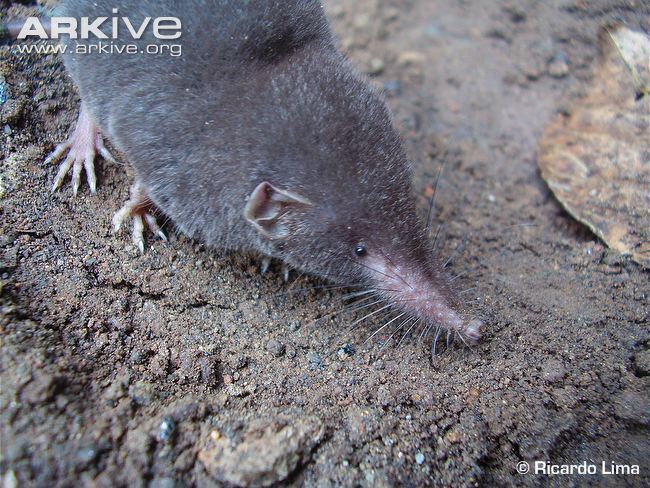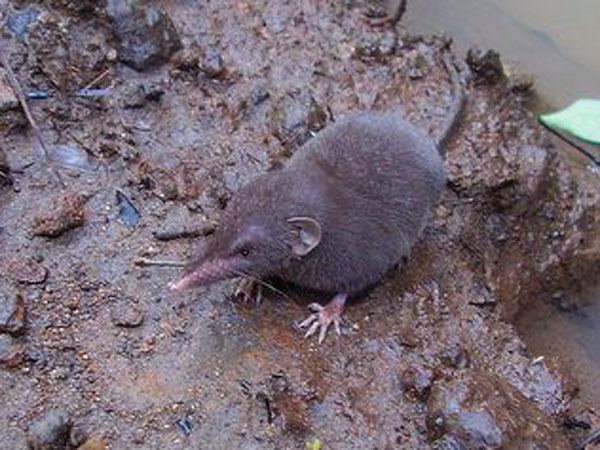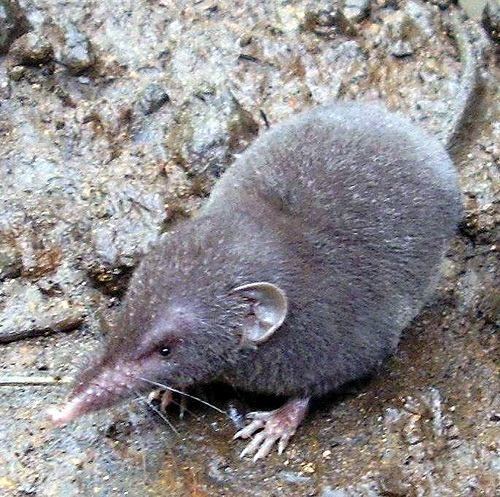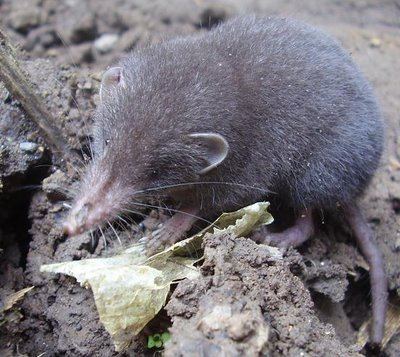Higher classification Crocidura | Phylum Chordata Family Soricidae Scientific name Crocidura thomensis Rank Species | |
 | ||
Similar Shrew, Egyptian pygmy shrew, Telford's shrew, Negros shrew, Nigerian shrew | ||
The São Tomé shrew (Crocidura thomensis) is a white-toothed shrew about 3.0 in (7.6 cm) long found only on São Tomé Island, São Tomé and Príncipe. It is listed as a critically endangered species due to habitat loss and a restricted range. It was discovered in 1886. The population continues to decrease, making these animals rare. It is found only on São Tomé Island, a small island that is actually a shield volcano that rises out of the Atlantic Ocean.
Contents

Threats

Deforestation, the primary cause of endangerment of the São Tomé shrew, results in loss of their primary habitat which affects them because of their small size and thus limited range. Unintentional and intentional introduction of other invasive species has taken a toll on their existence because of the increased competition for food.
Conservation efforts

Conservation efforts have largely failed because very little information is available on the São Tomé shrew. At one time, the International Union for Conservation of Nature listed them as being "insufficiently known", and in 1996 classified them as vulnerable. More recently, in 2004, their conservation status was upgraded to critically endangered. They are located in a single area of São Tomé, where their habitat is tropical montane moist forest. Degradation of the forest, with the creation of more gardens and farmland, is thought to be the most important factor behind their decreasing numbers. Increased knowledge of these shrews may show them being closer to extinction than was previously thought.

